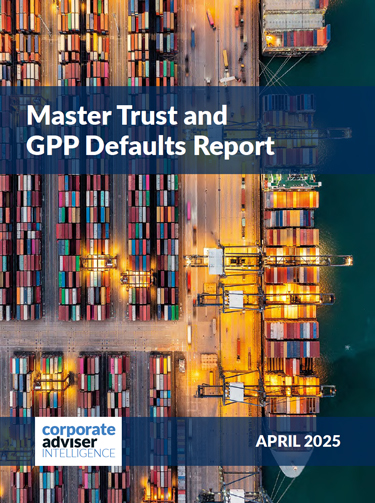Legal & General and Scottish Widows both said they expect the evolution of defaults away from targeting annuity purchase to be done in stages, with preliminary changes made ahead of April 2015’s introduction of the new rules, followed by more focused changes once more evidence of retiree attitudes and behaviours is available.
Speaking to the Taxation of Pensions Bill Committee, L&G head of Adrian Boulding said current derisking strategies are wrong and would be changed, but he also highlighted the legal challenges of doing so with contract-based schemes without members’ consent.
Nigel Mills MP said: “On your numbers, Mr Boulding, only 15 per cent of them will take an annuity now. What are you doing to their pension scheme? What are you saying to them so that they understand that they might need to give you a completely different set of instructions if they are not going down their original plan?”
Boulding said: “Our current de-risking profile is preparing people for a landscape where they arrive at state pension age, take 25 per cent tax-free cash and put the other 75 per cent into an annuity. That is not what we think they are going to be doing, going forward from next year, so the current de-risking profile is wrong and we have tasked those two bodies (the master trust board and independent governance committee) with reviewing and changing that.
“They will probably change it in two steps. They will have a first step early next year and then come back and review that in another couple of years when the market has settled down and we have got some real data on what people are doing at retirement. It will take two steps, but we will get that change because they are in yesterday’s land and that will not be the pattern going forwards.
Scottish Widows head of retirement distribution Stuart Paton-Evans said: “ There is a very similar process within our organisation. We will be changing the default lifestyling glide paths in those products. The key point is that we still need to see what consumer behaviours will be. We are doing as much consumer insight as we can, both with those coming up to retirement now and with 55-year-olds as well, asking them what their plans may be.
“Some of our research has shown that, with the new flexibilities, some people will choose to take some financial decision on their retirement planning earlier, but also a lot will defer some those decisions to a later date. So trying to get a clear understanding of what the consumer’s needs are and what their behaviours will be is key. For example, we have 500,000 people who will be 55 in April who could call us up to inquire or make some different decision. This will be an iterative process in the coming months and years beyond April.”




